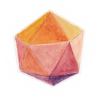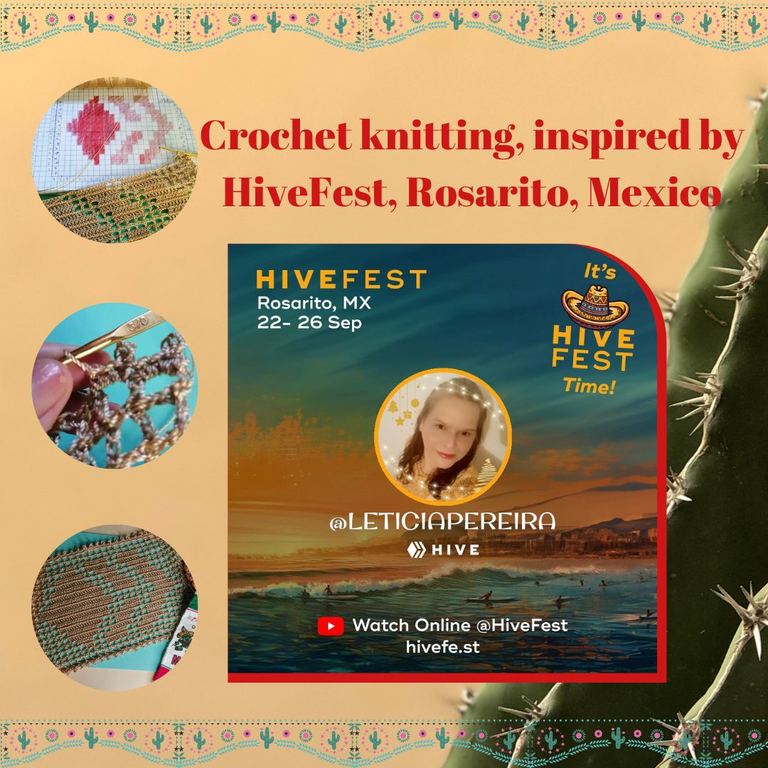
Tejido a crochet, inspirado en HiveFest, Rosarito, México
Este fin de semana, se llevó a cabo el Festival de Hive en un país que me encanta: México; y por supuesto, no he querido dejar pasar por alto una creación a crochet cuyo protagonista es Hive, precisamente porque México se caracteriza no solo por su tequila, sino también por sus manifestaciones artesanales y folklóricas: bordados, vestidos, trajes, muñecas, cada uno de ellos cuenta con la esencia de su creador - artista.

Materiales:
- Hilo de macramé de 1mm
- Aguja de tejer 2,2mm
- yesquero
- tijeras
- Diagrama creado en el post anterior
Puntos a crochet utilizados:
- Punto raso (enano)
- Cadeneta simple
- Punto alto
- Punto bajo
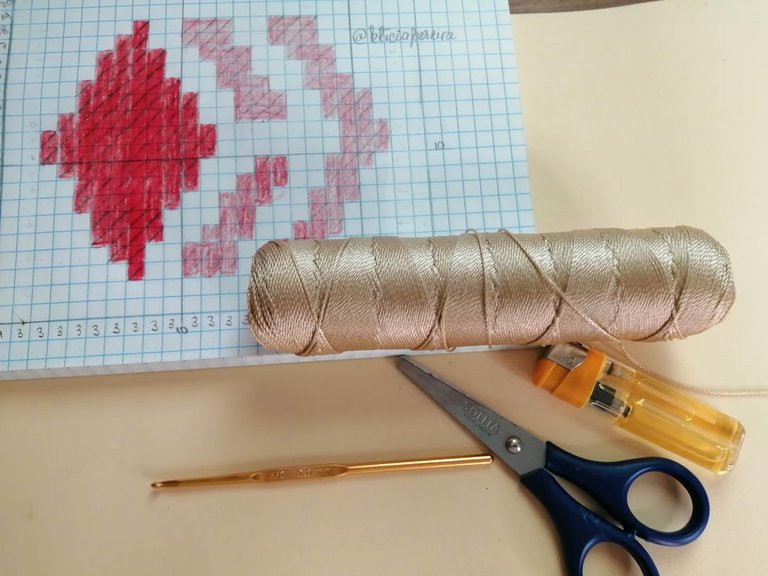
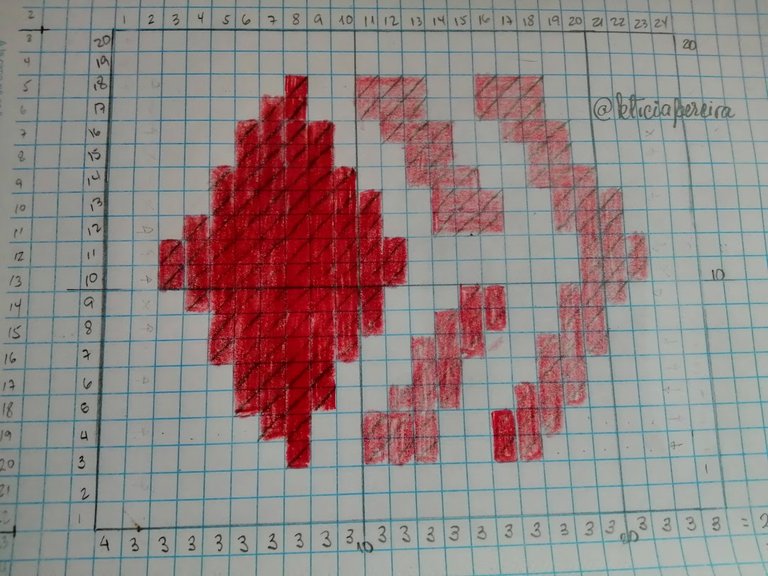
Materials:
- 1mm macramé thread
- Weaving needle 2,2mm
- gypsum plaster
- scissors
- Diagram created in previous post
Crochet stitches used:
- Slip stitch (sl st)
- Chain stitch (ch)
- Single crochet (sc)
- Double crochet or Treble (dc - tr)

Pasos a seguir:
Nuestro diagrama nos muestra un total de 24 cuadros de base, por lo que iniciaremos con 73 puntos de cadeneta. Una vez realizadas, sumaremos cinco (05) cadenetas adicionales, para formar nuestro primer cuadrado.
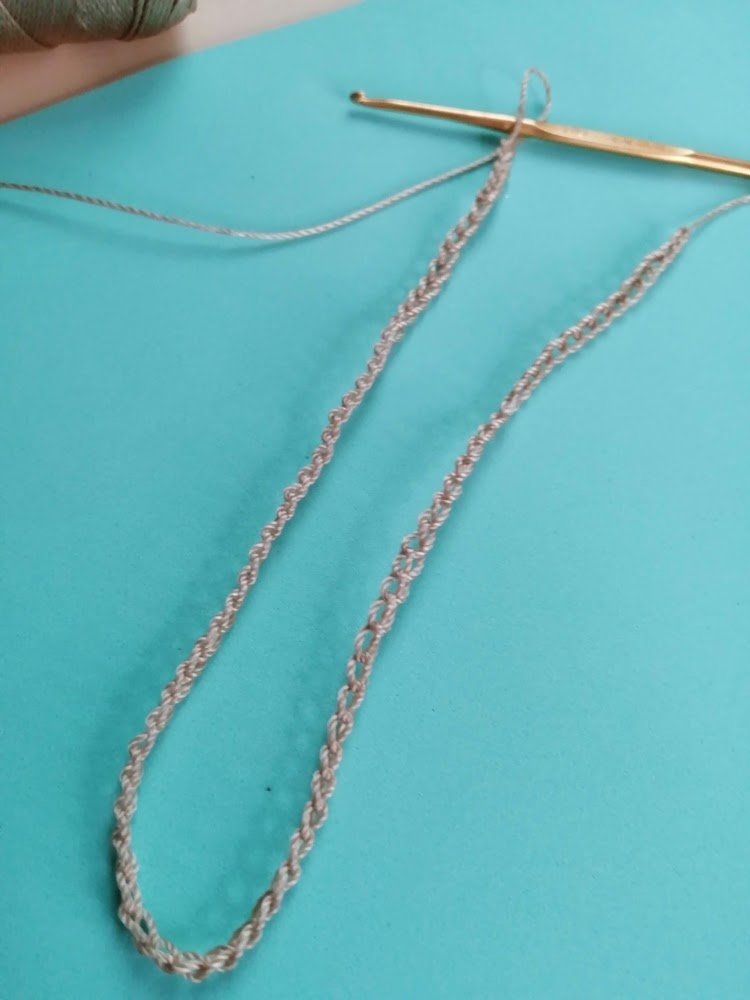
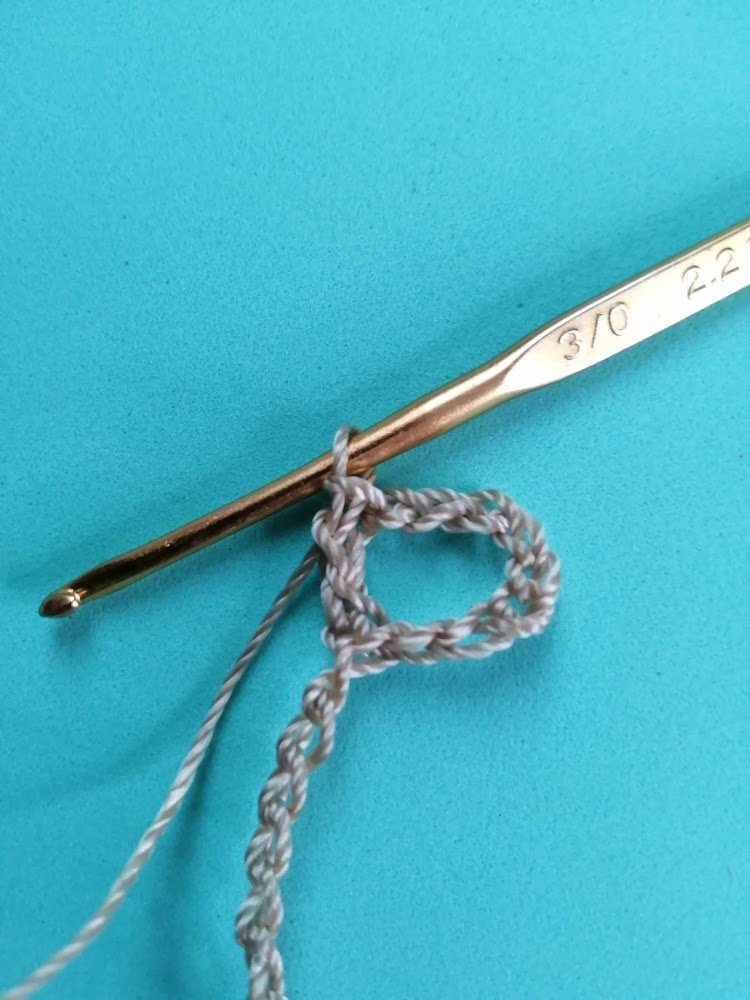
Steps to follow:
Our diagram shows us a total of 24 base squares, so we will start with 73 chain stitches. Once done, we will add five (05) additional chain stitches, to form our first square.

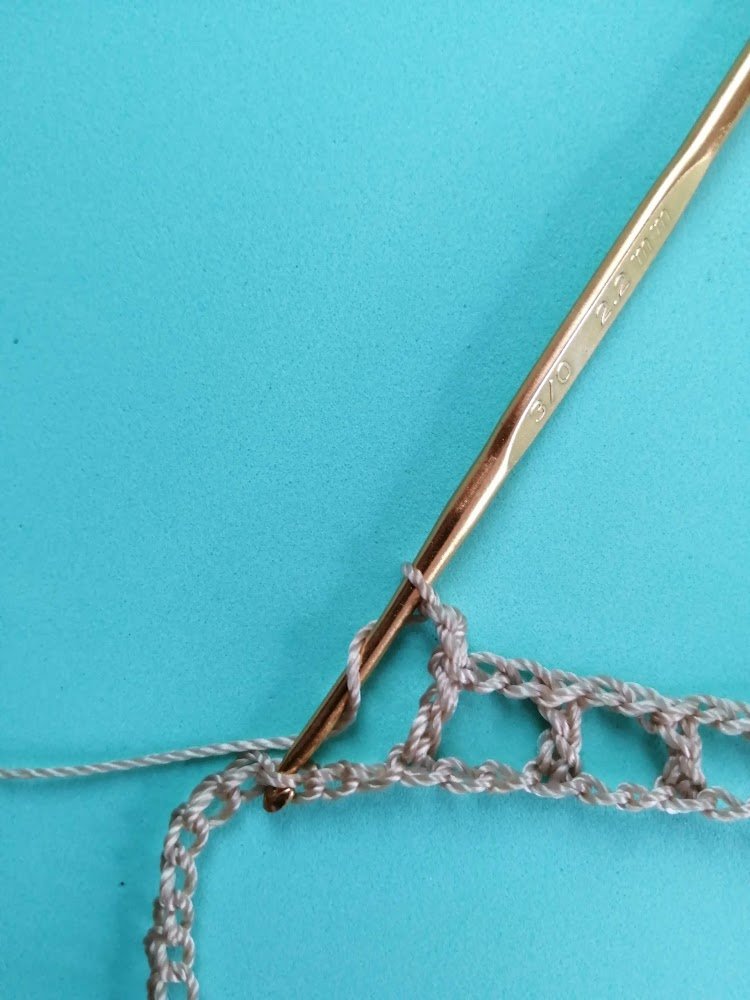
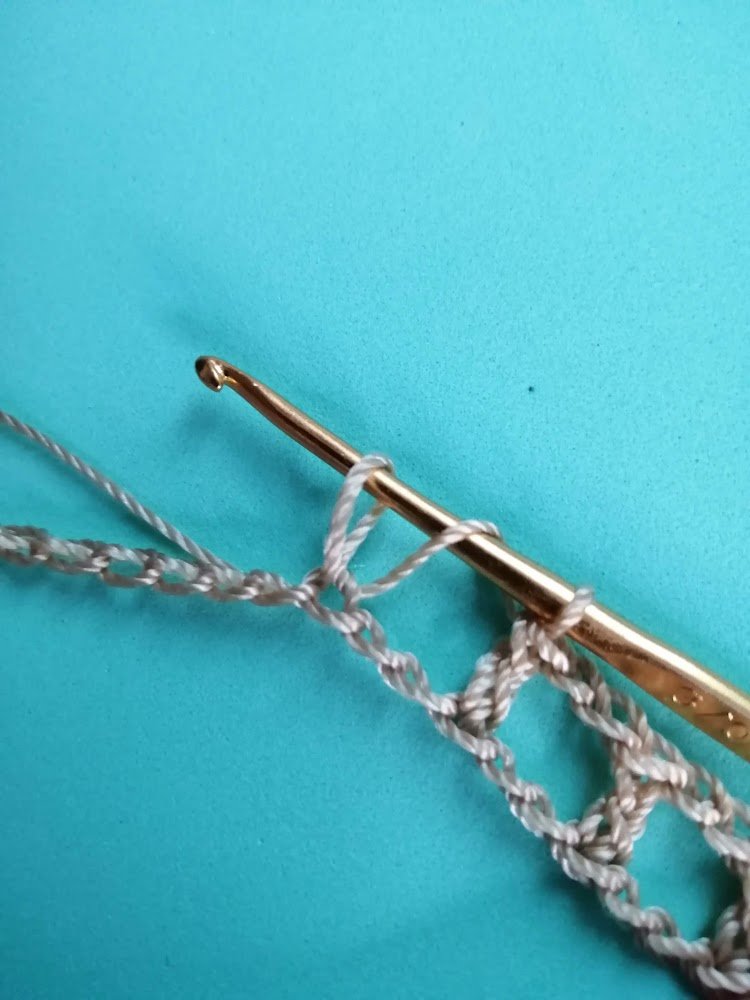
The first two rows are for defining the weave, here we will obtain the horizontal size of our rug. Very carefully, we will introduce our needle in the 8th stitch of our base chain and we will knit a single crochet, giving origin to our first square; from there, and until the end of the row, we will repeat: two chain stitches, we skip two spaces in our base, a single crochet.
NOTE: Personally, I like to take the yarn that is in the middle of the base chain, this way, the base will be neater.

Recuerda contar los cuadros muy bien, después de concluir la primera vuelta, te aseguro que las subsiguientes, serán más fáciles de llevar.
Para la segunda vuelta, solo realiza cinco puntos de cadeneta, que sustituirán el primer punto alto y los dos espacios.
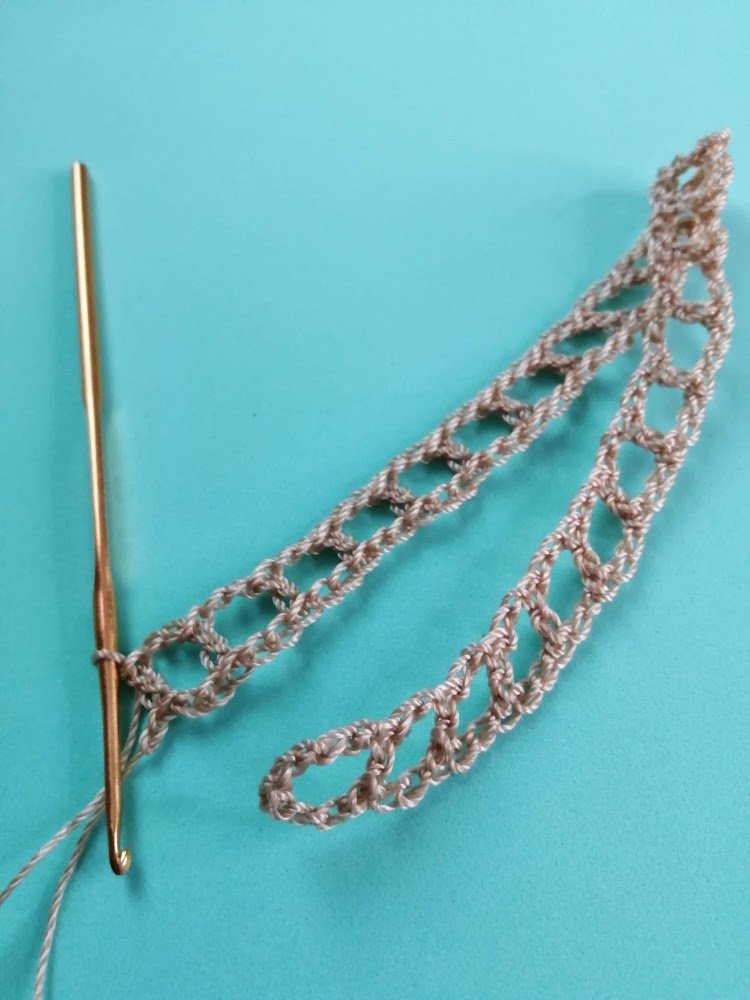
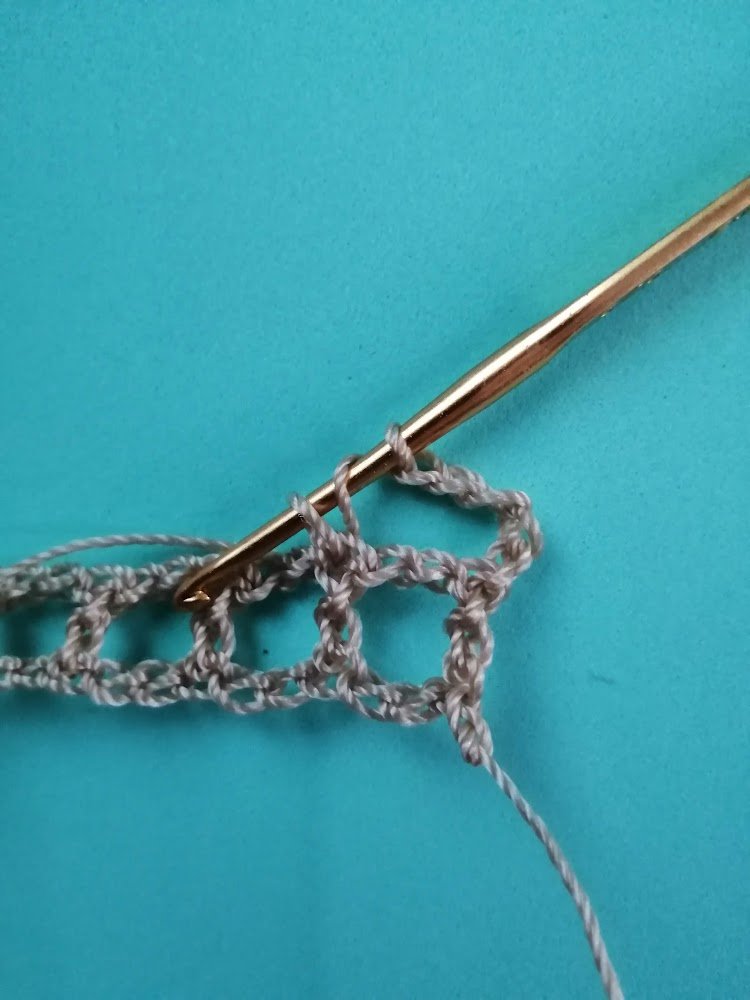
Remember to count the squares very well after finishing the first row, I assure you that the subsequent rows will be easier to carry.
For the second round, just make five chain stitches, which will replace the first double crochet and the two spaces.

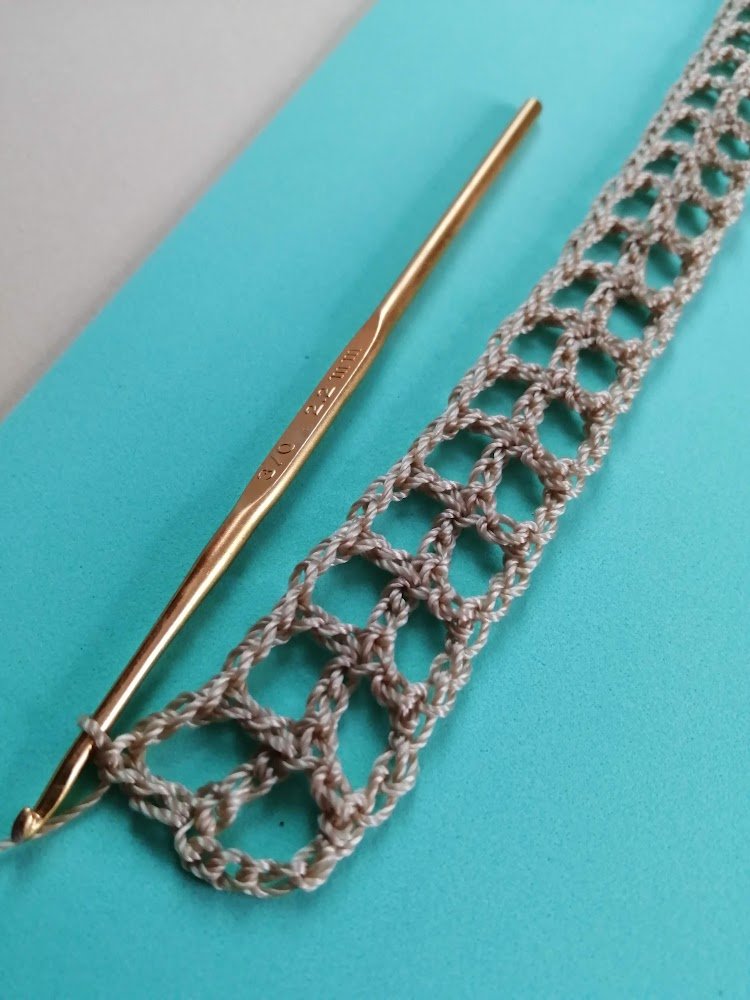
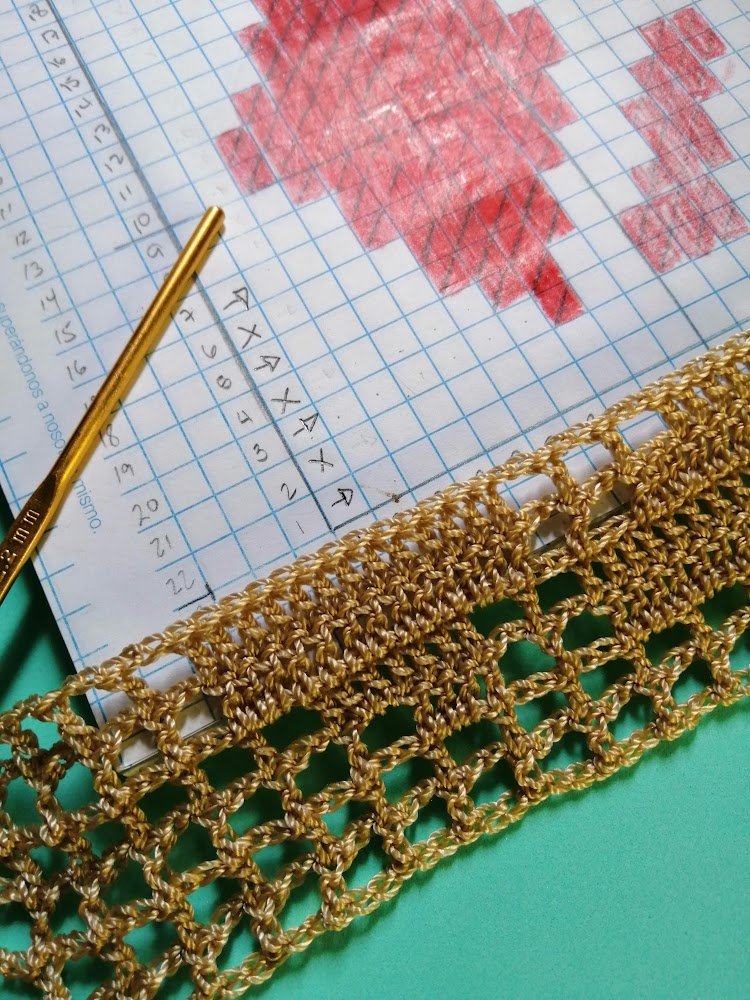
This is the end of our first two rows: well-defined, easy-to-see squares. We take our design and we can mark the direction we are weaving, this way, we have control of the number of loops and squares, both empty and filled, which will give us the shape of our previous design.

Seguimos realizando nuestro tapete, siguiendo la secuencia de nuestro diagrama, hasta llegar al último cuadro, donde realizaremos una vuelta adicional, muy especial.
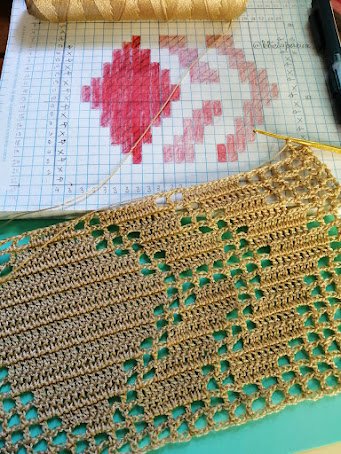
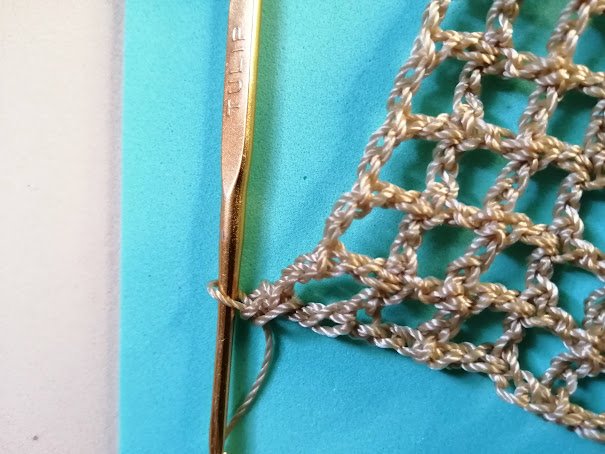
We continue to make our mat, following the sequence of our diagram, until we reach the last square, where we will make an additional, very special turn.

Para culminar nuestro tapete, vamos a realizar una puntilla muy sencilla, que consta de la siguiente repetición:
- un punto bajo
- tres cadenetas
- 1 punto deslizado, para formar un pico
- dos puntos bajos continuos
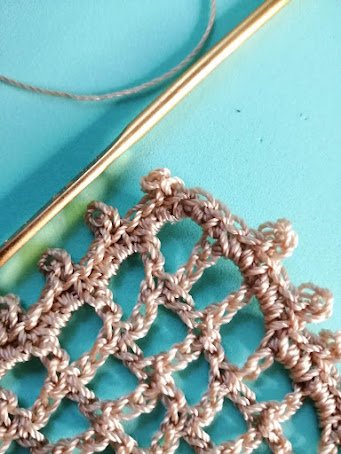
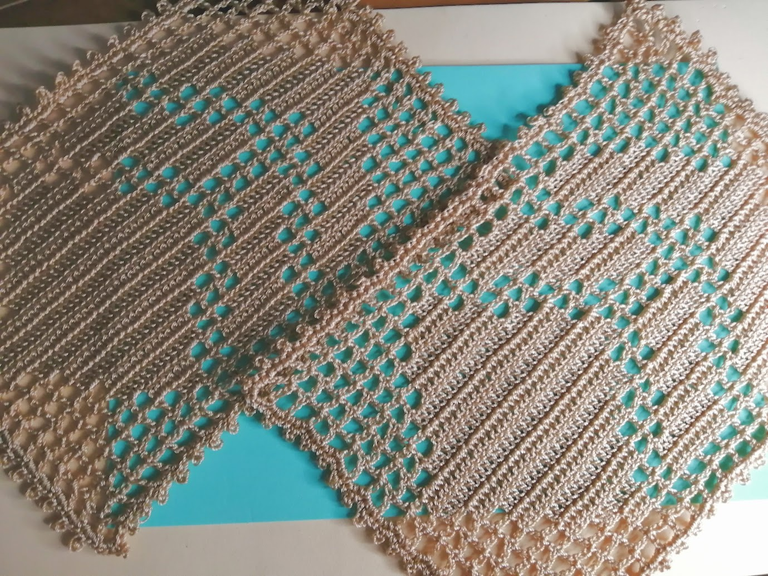
To finish off our mat, we are going to make a very simple lace, which consists of the following repetition:
- one single crochet
- three chain stitches
- 1 slip stitch, to form a peak
- two continuous single crochet stitches

Recuerda que el trabajo artesanal es único; la elaboración de artesanía en todas sus manifestaciones, aparte de ser una acción liberadora, son también un acto de amor e ilusión.
¡Nos vemos pronto!
Letty
Remember that handicraft work is unique; the elaboration of handicraft in all its manifestations, apart from being a liberating action, is also an act of love and illusion.
See you soon!
Letty

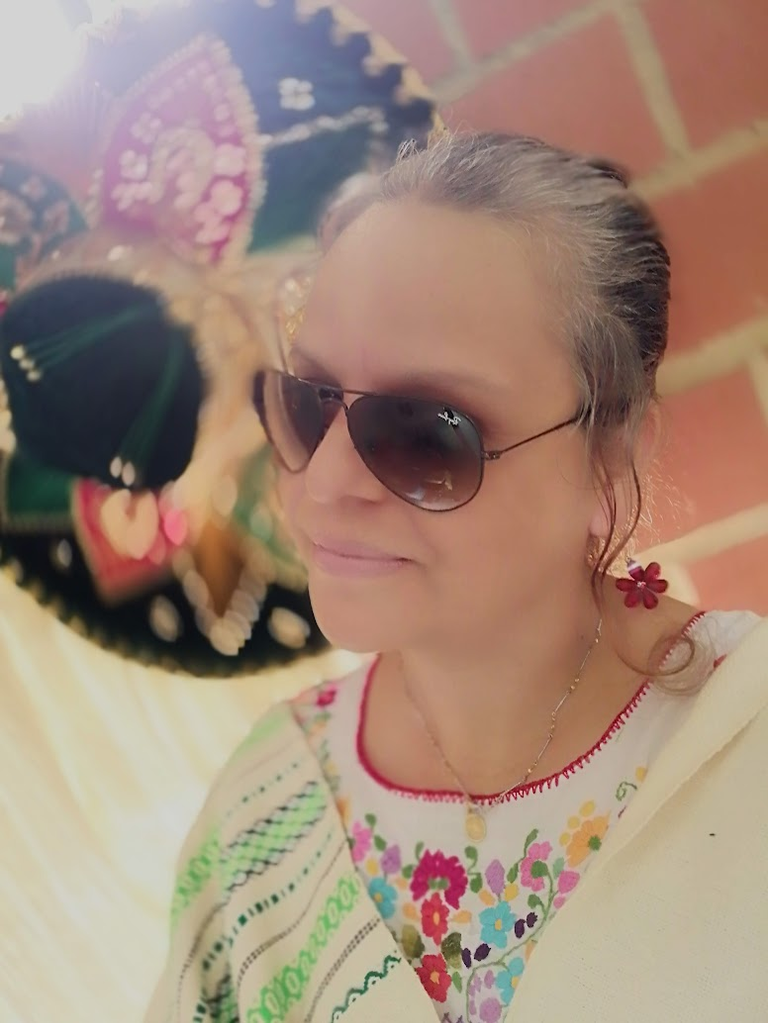
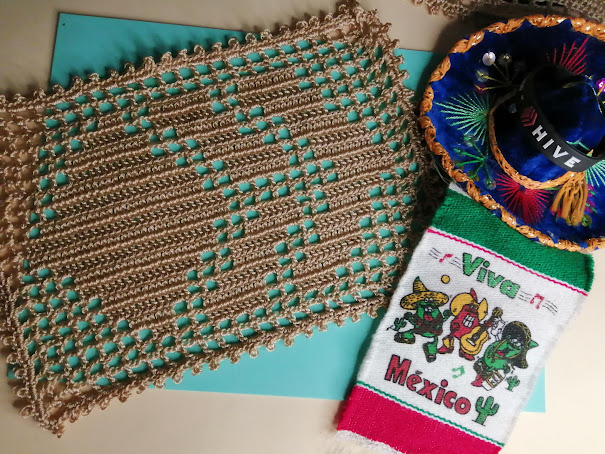
©️ SEP-2023, @leticiapereira - Original Content
📷 HuaweiY9 - 2019
🇻🇪 🔁 🇺🇸: Deepl
LEP037/2023

